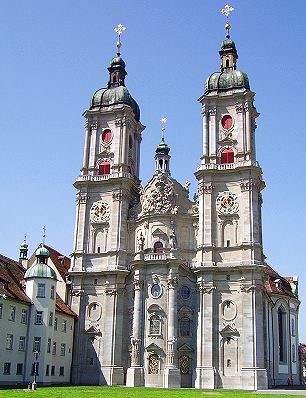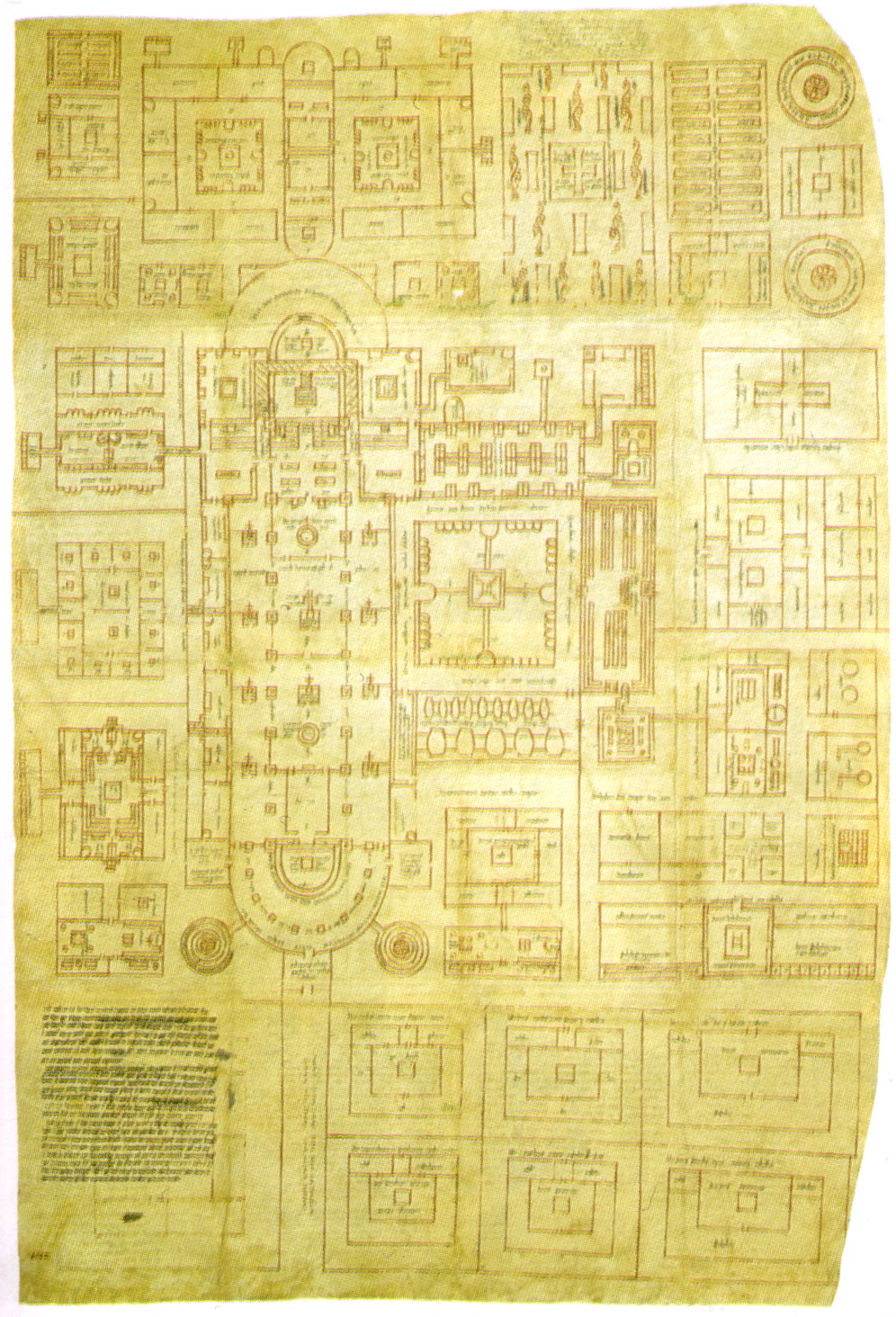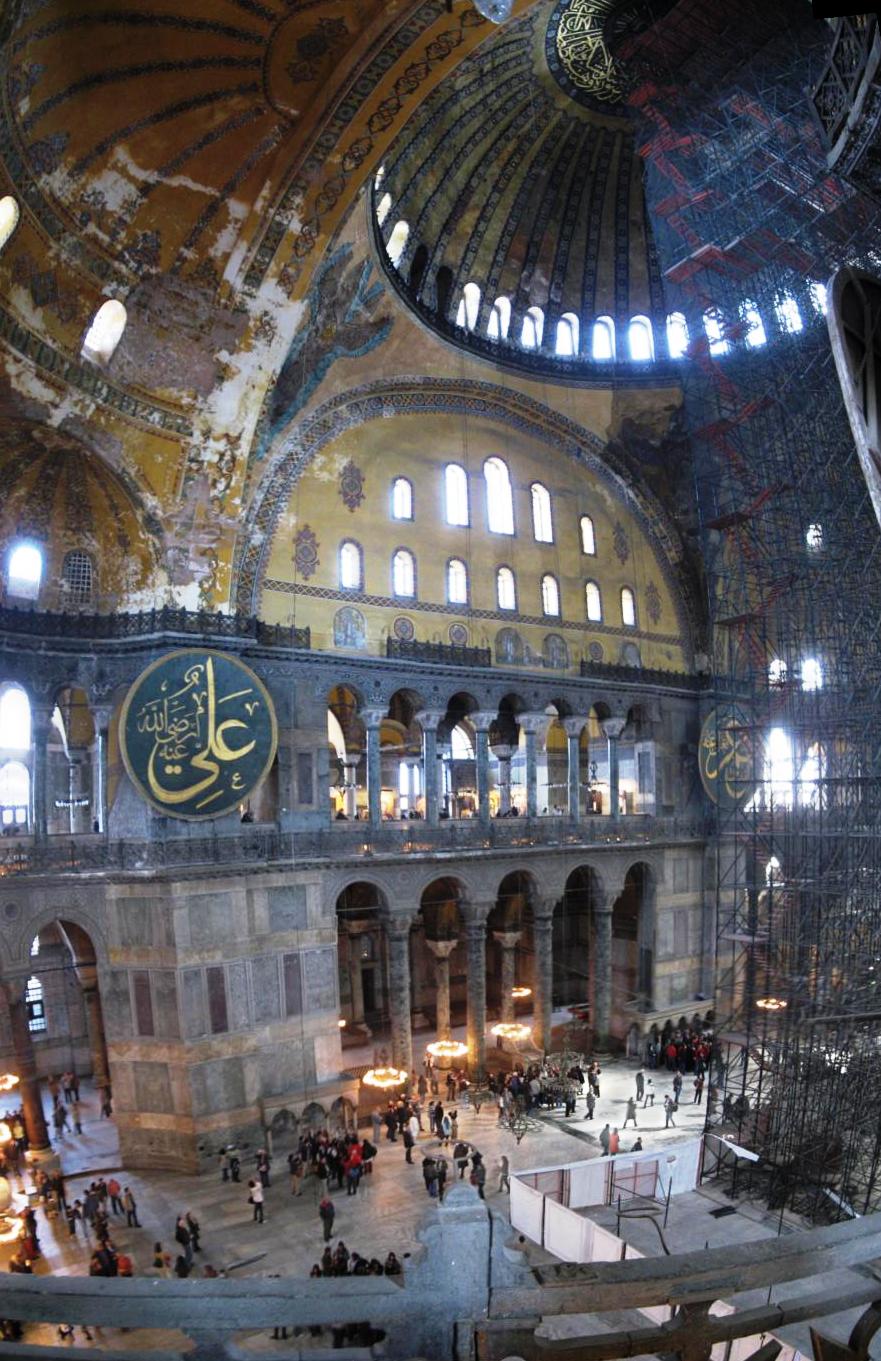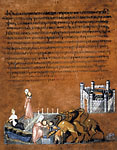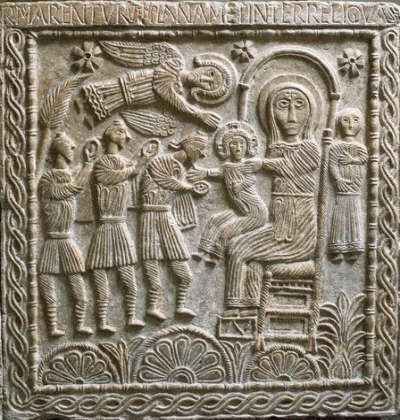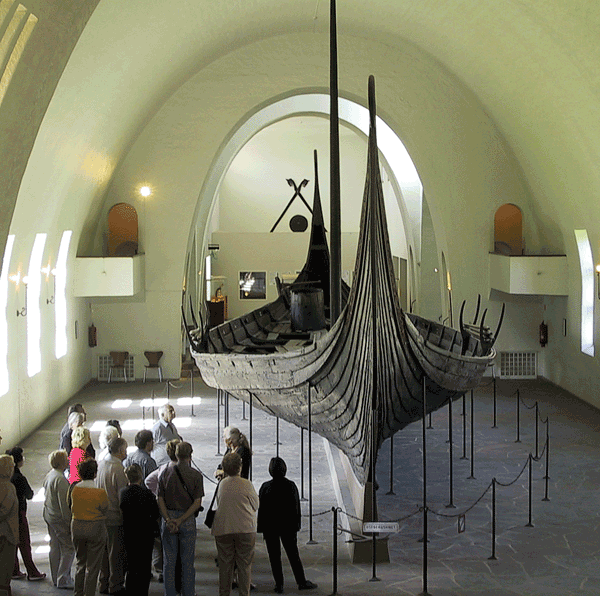 Asia
AsiaNorth Asia: Asian part Russia (term not often used)
Central Asia: essentially, the 'Stans
South Asia: India, Pakistan, Bangladesh, Sri Lanka, Nepal, Bhutan, the Indian subcontinent
Southeast Asia: Burma, Thailand, Vietnam, Cambodia, Malaysia, Indonesia, Philippines, etc.
West Asia: the "Middle East" minus Egypt or any other part of North Africa. Mostly Islamic, such as Iran, the Arabian peninsula, Iraq, Jordan, Turkey, but also including Israel.
Near East-
Levant, meaning rising (ie of the sun)
in French. Lately, less used.
-Arabian Peninsula, Israel, Jordon, Lebanon, Syria, Iraq, Iran (Hitti, 1961)
-From 1400s when European trades/explorers were looking to reach far East (the far East was further, but the near East closer to Europe). Basically, the Ottomon Empire, post 1453 (without Africa). "Originally a European geographical term loosely used to designate that part of southwestern asia near Europe."(Hitti 3)
-"West Asia and Eqypt, prior to the rise of Islam, with extension of the Middle Ages in the case of Jewish and Syriac literature, and even to the present in the case of Modern Hebrew." (UPEI catalogue)
 Middle East
Middle East-West Asia sans Egypt.
-Greece, Cyprus, the Balkans were included (were parts of Ottoman empire), but now probably not considered either near or middle East.
-Egypt, Sudan, sometimes Libya, and north Africa (also pieces of Ottoman Empire), despite being culturally closer perhaps to West Asia than Africa, and mostly Arab, only sometimes included as middle East.
-Afghanistan, as Muslim county, sometimes considered, but very different linguistically, culturally, and historically.
-Prior to WWII, the area around India.
-Arabia, Iran (Persia), Iraq (Mesopotamia), Afghanistan (the near East being Balkans, Turkey, Levant, Egypt). (Mansfield 1)
-After Allies overtook middle East (san Afghanistan), combined middle and near East. (Mansfield)
-Turkey, after allying with NATO, often now no longer seen as part of middle East, and trying to become member of European Union.
-For a detailed outline of the middle East, see website:
http://www.scaruffi.com/politics/neareast.html. Mesopotamia
MesopotamiaGeography: As meant by name, "the land between two rivers:" the Tigris and Euphrates, though often Iraq more than Turkey.
Writing/languages: Cuneiform: wedge shaped system, uses shapes to represent sound combos. Used by Babylonians (adapted to Semetic language), Persians, invented by Sumerians. Before Egypt and probably influence.
Sumerian: not Semetic (Semitic meaning "
of, relating to, or constituting a subfamily of the Afro-Asiatic language family that includes Hebrew, Aramaic, Arabic, and Amharic"(Merriam-Webster, 2008)). Unrelated to any other language known. Though Akkadian took writing system, completely different.
Akkadian: Semitic and Babylonian form (neo-Babylonian from Nebuch is later form), dialects including Assyrian.
History: Pre history
AD 3100: Sumerians in sourthern Iraq, invaders create first true civilization and writing system about.AD 3100-2300: counting system, including 60 basis for minutes in an hour, twenty-four hour days, 360 degree circles.
AD 2300-2100: Akkad, north of Sumer, rule
AD 2100-2000: brief Sumer revival
250 years of city/state upheaval
1900-1595: Babylonian
1792-1750(ish): Hammuravi, sixth king, makes law codes, expands kingdom, and the dyansty ends
1595-1100 Kassites from Persia (Iran), and the Hurrians
1115: rise of Assyria under TP I
853: Shalmaneser III attacks Syro Palestinian coalition
612: defeated by Babylonians and Medes
612: Babylon
550: Persia, Cyrus defeats Astyages of Media, forms Media/Persian Empire, aka Acaemenid. Abandoned in Sleucid (Greek) period
Other: World's possibly first cities, including Jericho (8000 BC)
Syria- Ugaritic
Hittities, Anatolia 1700-1200, cuneiform script but different language, indo-European.
Hurrians
Canaanites, etcetera.
Philistines
Phoenicians, coastal Canaanites (Tyre and Sidon area): sea traders, founded Carthage, alphabet
Northen Iran: Medes, 1200-550, united under Cyaxares (625-85), helped depose Assyrians. Kurds claim descent from, beginnning year 612.
Parthians of northern Iran (Persia) gain indepence from Seleucia, 247. Dominate Iran and Mesop, 238 BC to AD 277, rivaling Rome, and eventually taken over by Sassanids, Zoroastrians, Persians.
Byzantines, east after AD 330
Mongols, 1200. Baghdad, 1258

 792-805: Palatine Chapel of Charlemagne: Otto of Metz: Aachen, Germany
792-805: Palatine Chapel of Charlemagne: Otto of Metz: Aachen, Germany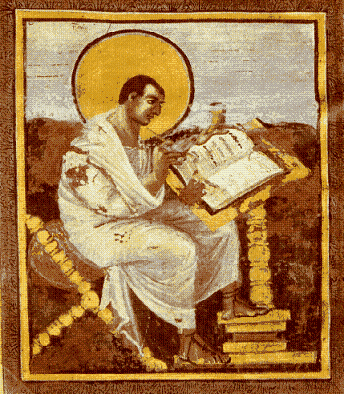 810: Gospel of Charlemagne
810: Gospel of Charlemagne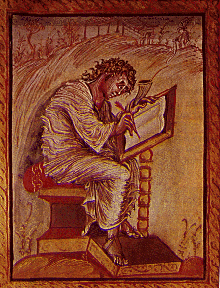 820: Ebbo Gospels, St. Matthew: Archbishop, Hildeshiem, Ge: Reims School, Hautvilliers, France
820: Ebbo Gospels, St. Matthew: Archbishop, Hildeshiem, Ge: Reims School, Hautvilliers, France 900-1000: Sacrifice of Iphigenia Veroli Casket: Constantinople, Byzantium
900-1000: Sacrifice of Iphigenia Veroli Casket: Constantinople, Byzantium 975-1000: Cruxifixion, Cologne athedral
975-1000: Cruxifixion, Cologne athedral 1000: Hosios Loukas Katholikon: Theotokos: Distomo, Greece
1000: Hosios Loukas Katholikon: Theotokos: Distomo, Greece 1013: San Miniato al Monte: Florence, Italy
1013: San Miniato al Monte: Florence, Italy 1115: St. Marys Cathedral of Hildeshiem: Bishop Berward: Hildeshiem, Germany
1115: St. Marys Cathedral of Hildeshiem: Bishop Berward: Hildeshiem, Germany 1063: Abbey Church of St. Etienne: William the Conquerer: Caen, France
1063: Abbey Church of St. Etienne: William the Conquerer: Caen, France 1063: Duomo of Piazza dei Miracoli: Busheto: Pisa, Italy
1063: Duomo of Piazza dei Miracoli: Busheto: Pisa, Italy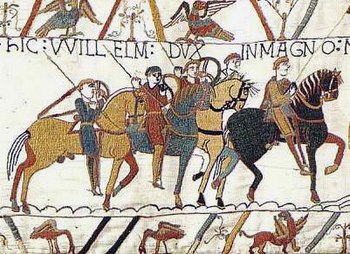 1077: Bayeux Tapestry: Odo: Bayeux, Normandy, France
1077: Bayeux Tapestry: Odo: Bayeux, Normandy, France 1080: St. Ambrogio Basilica: Ambrose: Milan, Italy
1080: St. Ambrogio Basilica: Ambrose: Milan, Italy 1093: Durham Cathedral of St Cuthbert: Durham, England
1093: Durham Cathedral of St Cuthbert: Durham, England
 1094: Basilica di San Marco a Venezia: Contarini: Venice, Italy
1094: Basilica di San Marco a Venezia: Contarini: Venice, Italy 1144: Basilique St. Denis: Abbot Suger: Paris, France
1144: Basilique St. Denis: Abbot Suger: Paris, France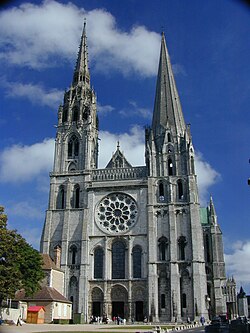 1194-1220: Our lady of Chartres Cathedral: Chartres, France
1194-1220: Our lady of Chartres Cathedral: Chartres, France


